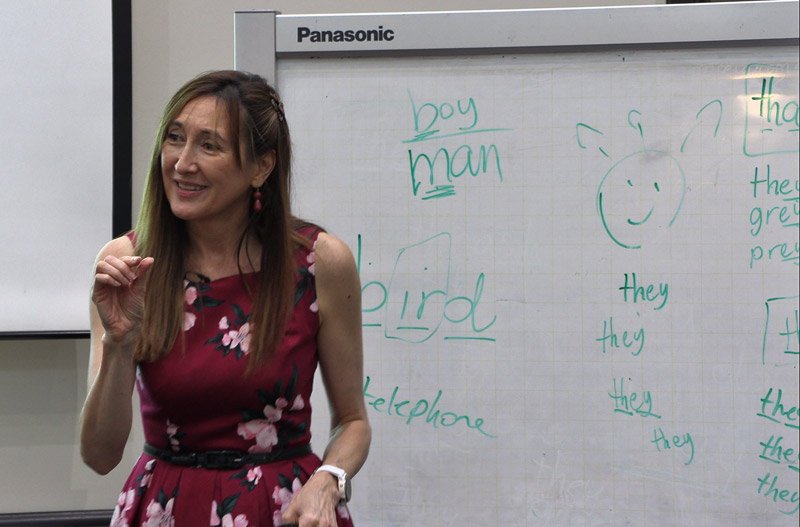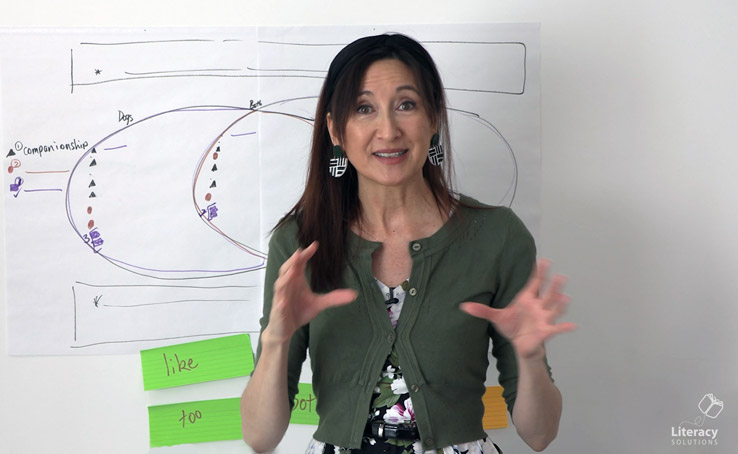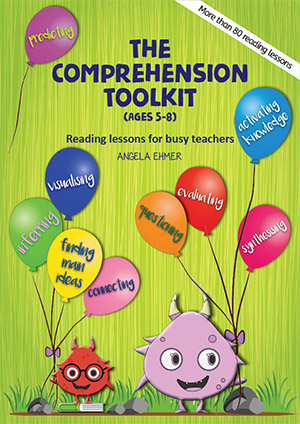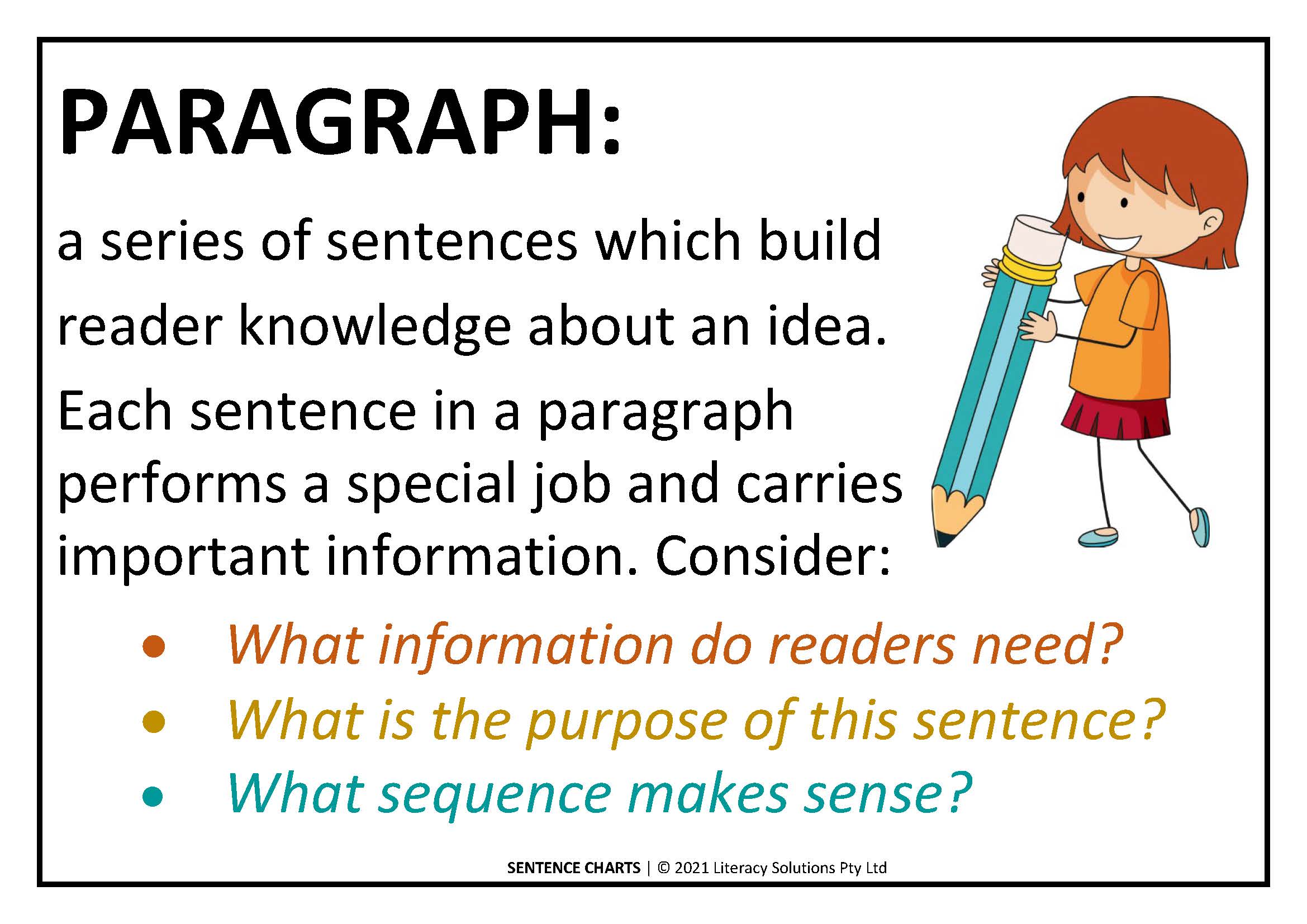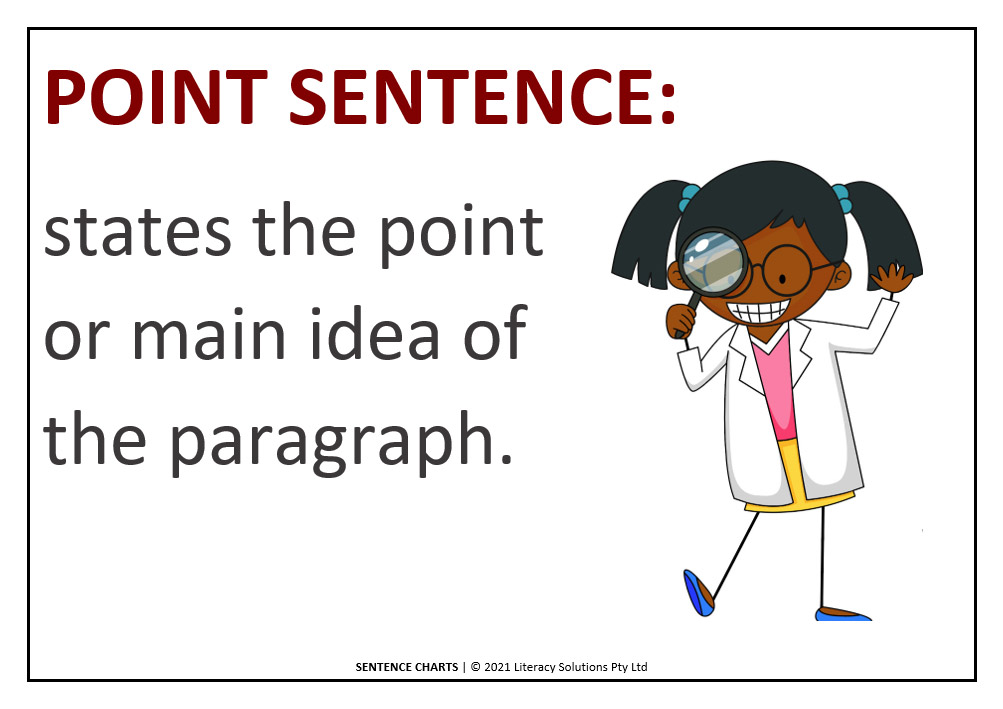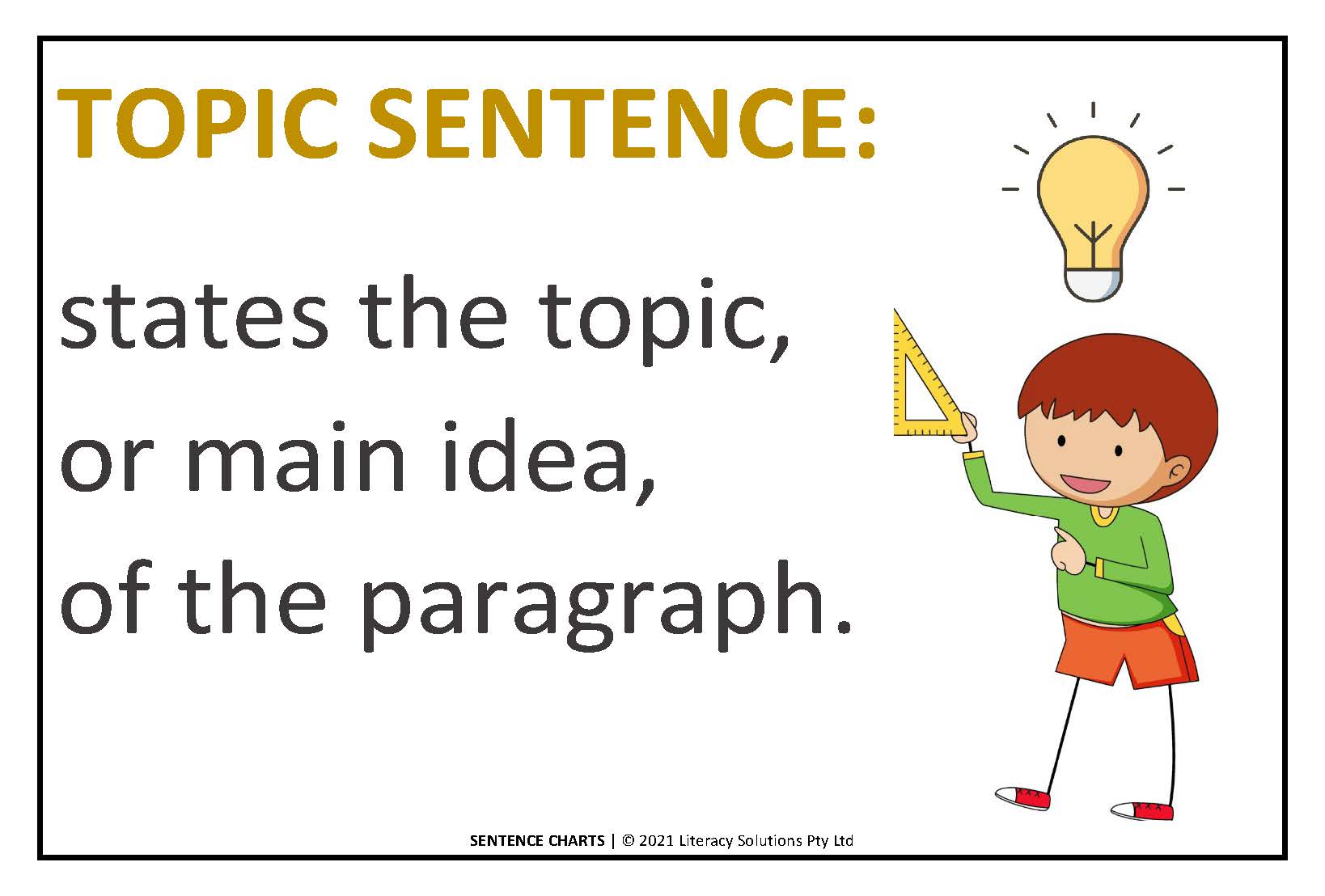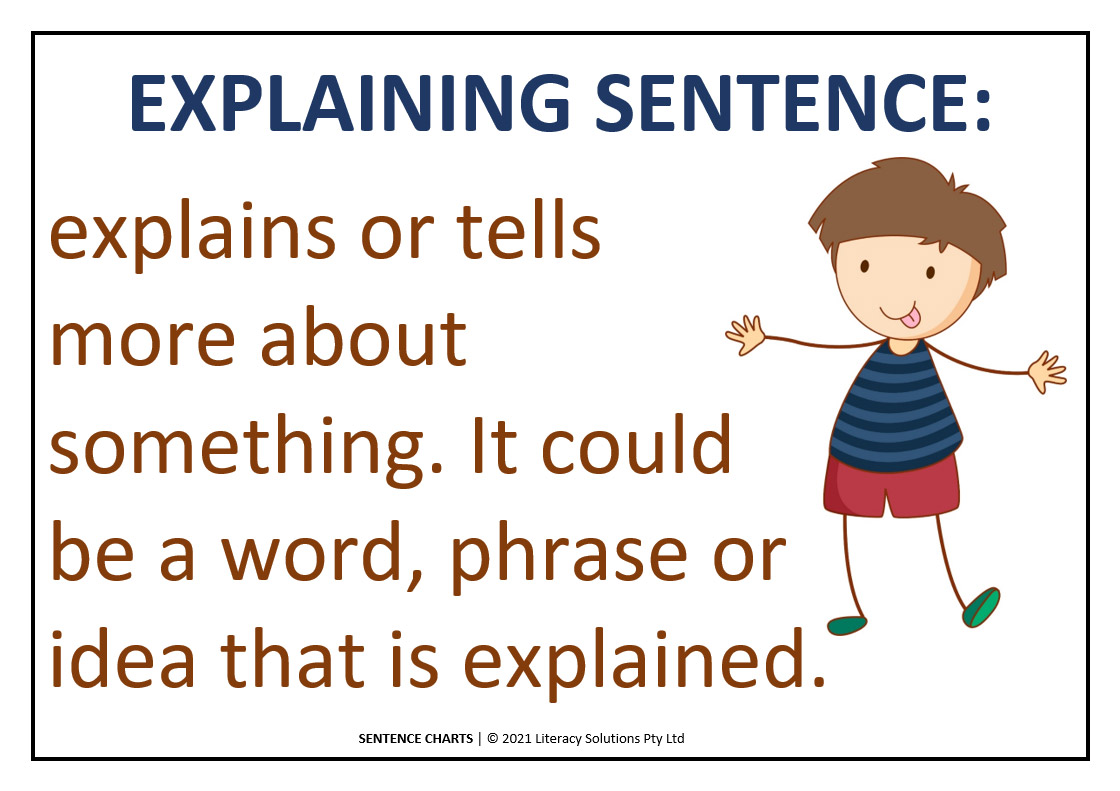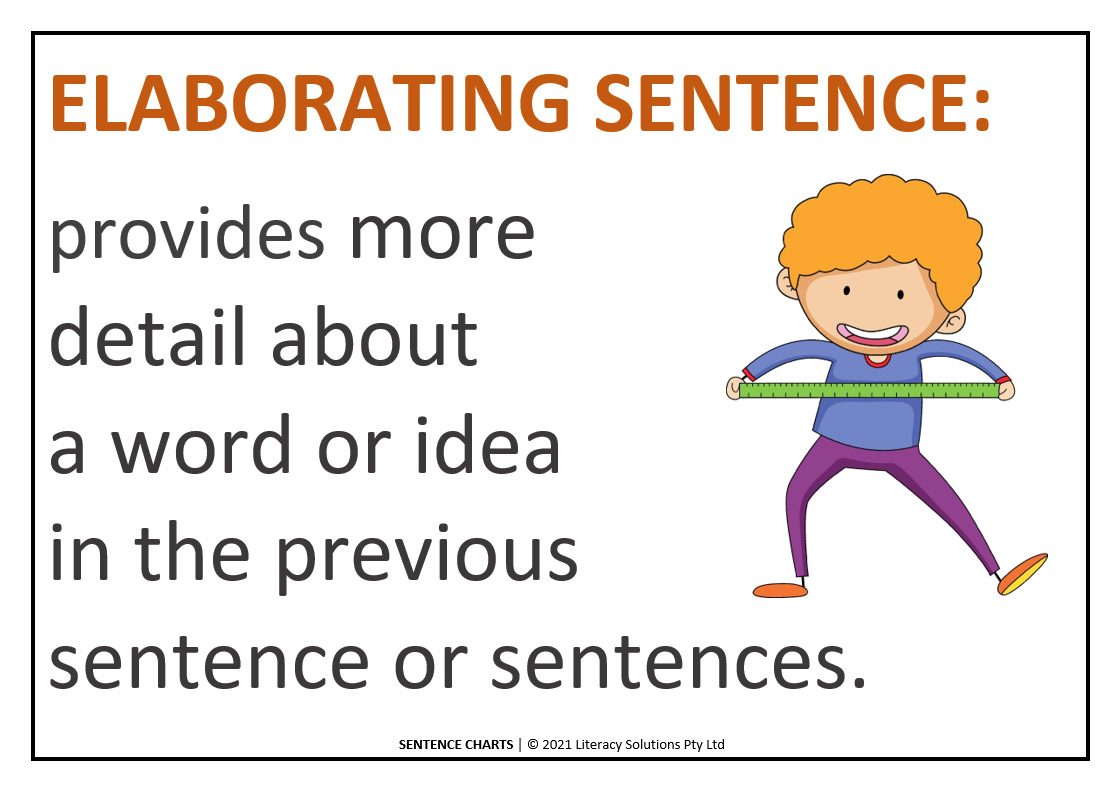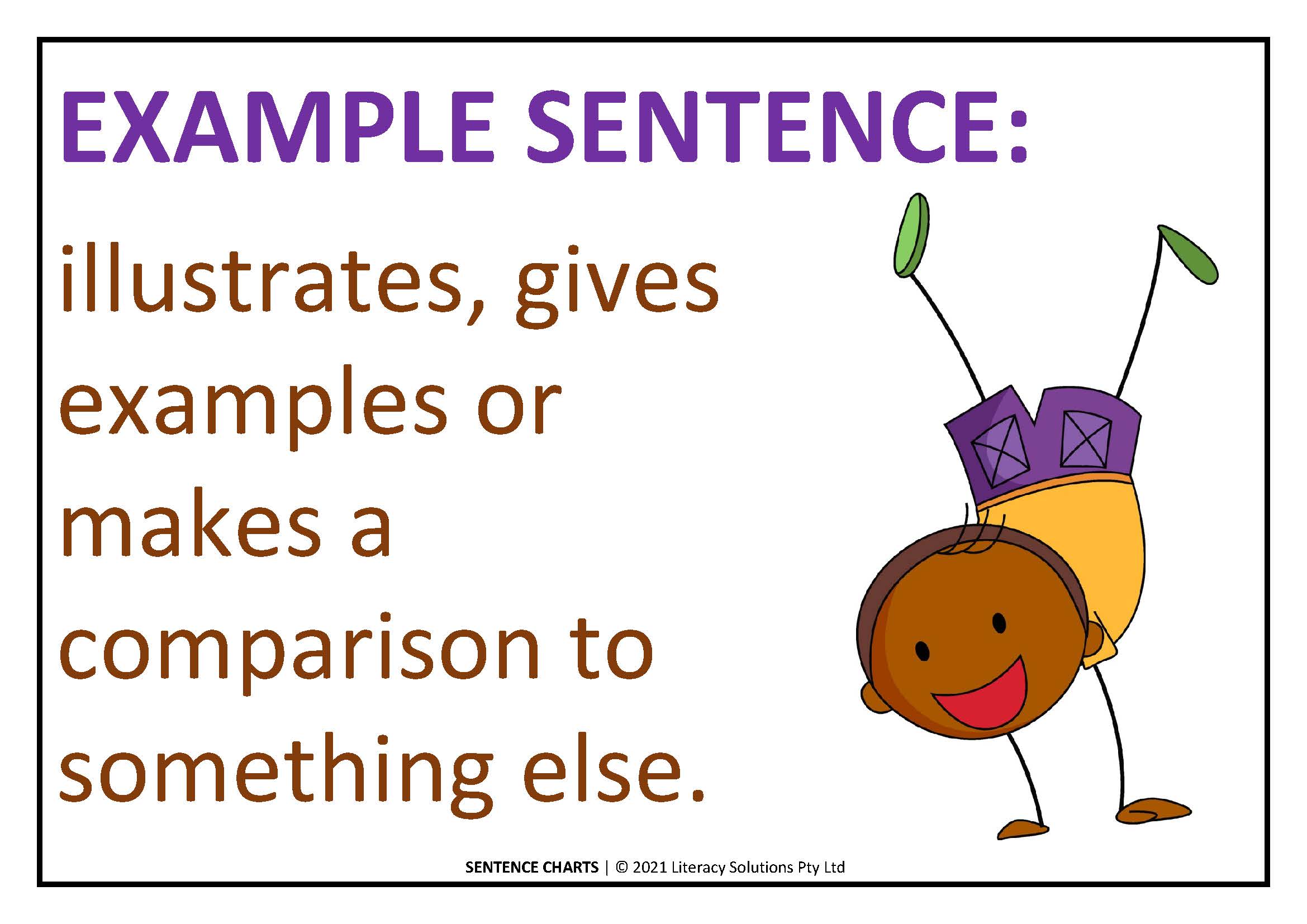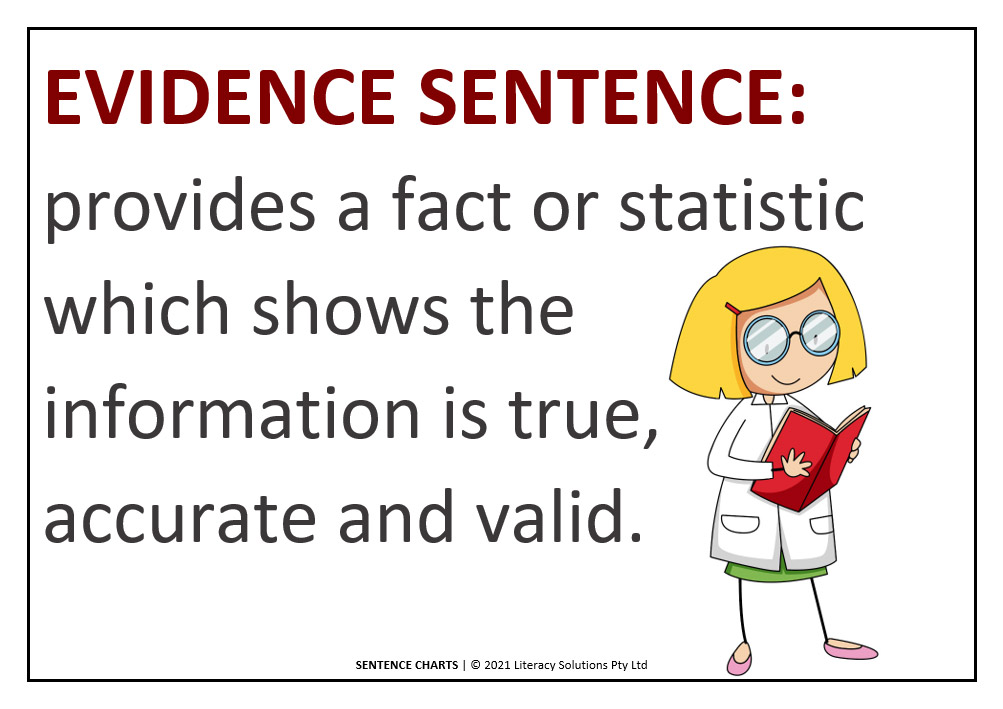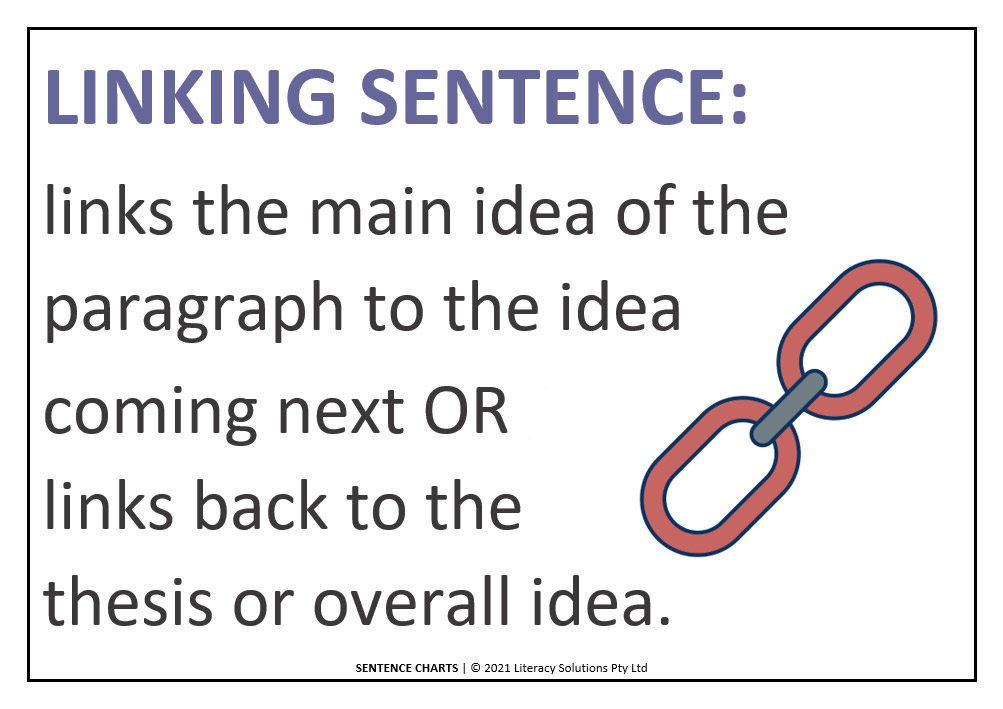Writing TEEL or PEEL Paragraphs
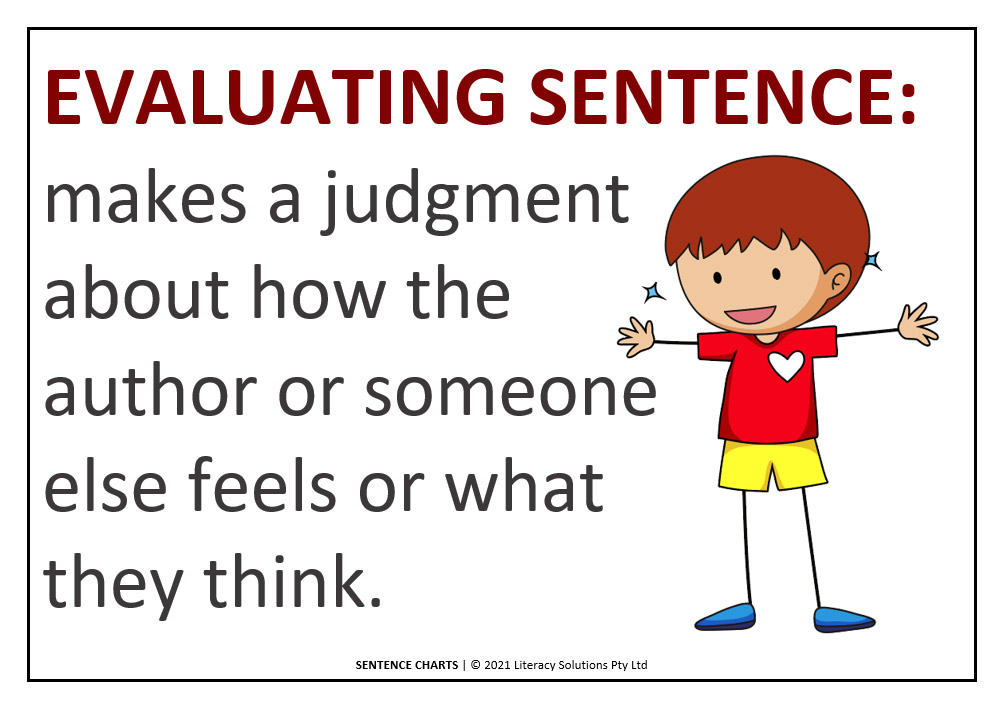
Many students use the PEEL or TEEL structure when constructing nonfiction paragraphs. The structures have been particularly popular in supporting students to write persuasive essays, discussions and arguments, as it provides a framework for constructing individual, main-idea paragraphs which transition smoothly to the next main idea. As a result, student essays contain clear, focused paragraphs in which sentences are sequenced, coherent and cohesive. If writing purely factual texts or reports, the PEEL or TEEL structure applies; if writing opinionative essays students may incorporate an additional 'E' into the framework, making the structures PEEEL or TEEEL.
If you are new to the structures, this overview will briefly explain the acronyms. The video below addresses the decisions students make when using the structure and may be useful in adding clarity.
What do the acronyms stand for?
P = Point: This is the main point or main idea of the paragraph. This sentence outlines what the paragraph will be about and should support the overall argument or thesis. If using TEEL, simply replace the ‘P’ with the ‘T’ and replace the word ‘point’ with ‘topic’.
T = The main topic of the paragraph and this sentence is referred to as a 'Topic' sentence.
E = Explain/Elaborate: These sentences explain or elaborate on information in the previous sentence or sentences. These sentences add clarity to build reader understandings. If the 'Explain' sentence follows the opening sentence, it should explain or add clarity about the main point; if it follows an 'Evidence' or 'Example' sentence, it should explain precisely how the evidence or example supports the point and provide any further information readers require to fully understand its relevance.
E = Example/Evidence: These sentences affirm the author's assertions, either by offering an anecdote or example through which audiences can better relate or connect to the author's idea, or highlighting evidence offered as proof.
E= Evaluate: In this sentence the author makes a judgement, provides the views of another entity, or prompts the audience to reflect or evaluate.
L = Link: This sentence may connect the ideas from one paragraph to the next to ensure a smooth transition across paragraphs. Alternately, the sentence may link the ideas in that paragraph to the author's overall thesis, opinion, or topic of the essay.
It is important for students to know every sentence must earn its place. Quality paragraphs are comprised of carefully crafted, well-executed, quality sentences. A quality sentence is one which provides essential information or information which 'value adds'. Students must learn to ask themselves, "What am I trying to say and to whom? What do I want my audience to know, understand or think? How can I best achieve this?"
When using the structures, students should be flexible. They should think about where a particular sentence may be required by the reader. There is no rule that sentences must follow a rigid sequence. Sometimes a writer will begin a paragraph with an ‘Evaluate’ sentence (or question) and the ‘T’ or ‘P’ sentence will be last sentence and will sum up the ideas in that paragraph.
Sentence charts
These simple writing sentence charts support the TEEL and PEEL framework.
Planning templates
If you are using this structure with students, a free Planning template for both PEEL and TEEL is available to assist you. Please note:
- The only difference between the PEEL and TEEL planning templates is the initial letter and terminology used for the ‘P’ and ‘T’. The purpose of the sentence remains the same.
- There are two versions of each planning template. One version poses questions for the purpose of building metacognition, and this may be a more helpful template in the early stages when students must think about ‘why’ information is provided ‘how’ the information across sentences is supported.


